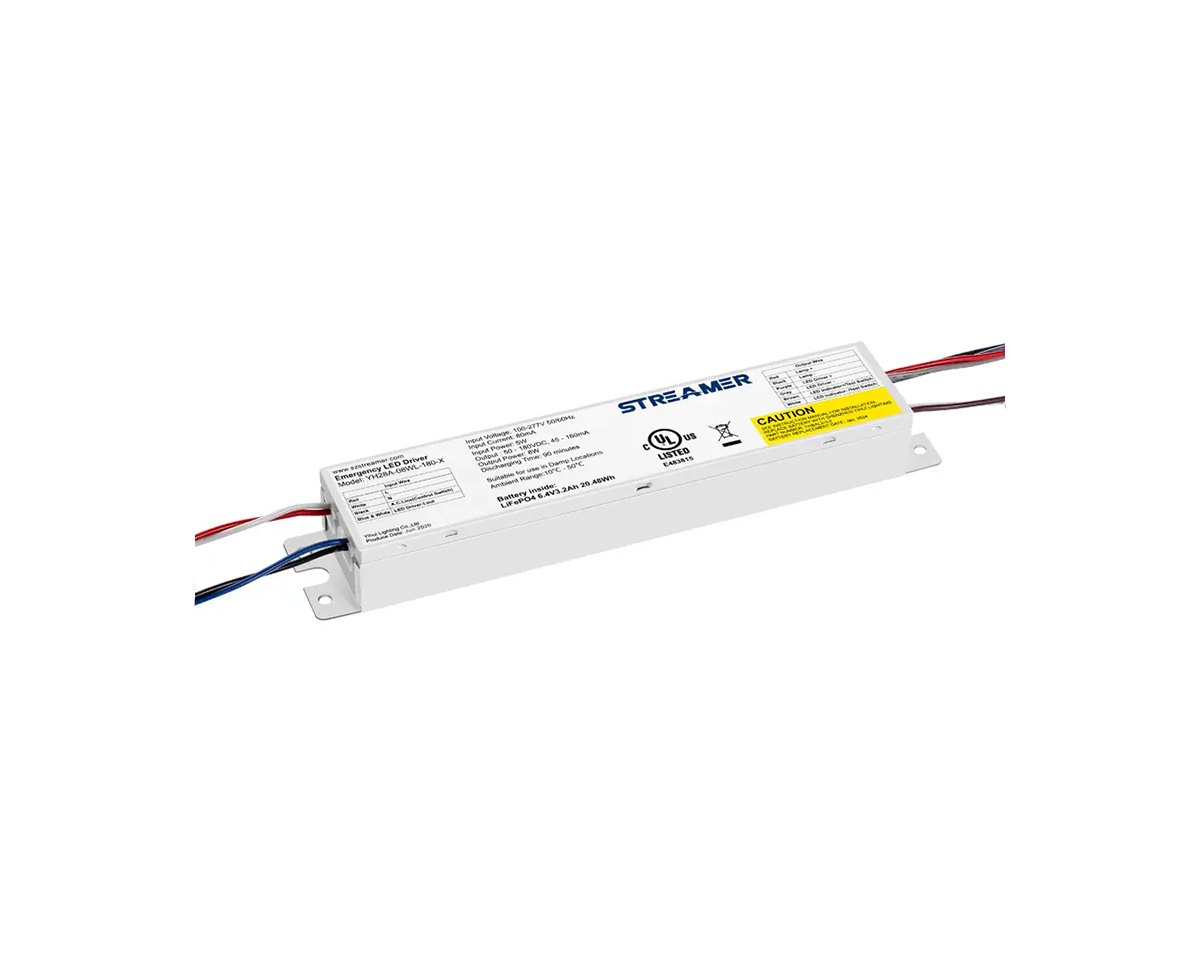 1
1
 Mar 03, 2025
Mar 03, 2025

The self - discharge rate is an important characteristic of emergency batteries as it affects their readiness to provide power when needed.
For lead - acid batteries, the self - discharge rate is relatively high compared to some other battery chemistries. Under normal storage conditions (room temperature, around 25°C), lead - acid batteries can self - discharge at a rate of about 1 - 3% per day. This self - discharge occurs due to various chemical reactions within the battery. One of the main reasons is the oxidation of the lead plates in the presence of the sulfuric acid electrolyte. Even when the battery is not connected to a load, these chemical reactions can slowly consume the battery's stored energy.
Temperature has a significant impact on the self - discharge rate of lead - acid batteries. As the temperature increases, the self - discharge rate accelerates. At a higher temperature of 40°C, the self - discharge rate can increase to 5 - 7% per day. This is because the chemical reactions that cause self - discharge are more active at higher temperatures. On the other hand, at lower temperatures, the self - discharge rate decreases, but as mentioned before, low temperatures also reduce the battery's overall capacity.
Lithium - ion batteries generally have a lower self - discharge rate compared to lead - acid batteries. Under normal conditions, lithium - ion batteries may self - discharge at a rate of about 0.1 - 0.5% per month. This lower self - discharge rate is one of the reasons why lithium - ion batteries are becoming more popular for emergency applications. The self - discharge in lithium - ion batteries is mainly due to side reactions at the electrode - electrolyte interface. However, factors such as the type of electrolyte, the state of charge (SOC) of the battery, and the quality of the materials used can affect the self - discharge rate.
For example, a lithium - ion battery with a higher SOC will generally have a slightly higher self - discharge rate. If a lithium - ion emergency battery is stored at a high SOC (close to 100%), the self - discharge rate may be at the upper end of the 0.1 - 0.5% per month range. In contrast, storing the battery at a lower SOC (around 50 - 60%) can help reduce the self - discharge rate.
The self - discharge rate of emergency batteries also affects their maintenance requirements. Batteries with a high self - discharge rate need to be recharged more frequently to ensure they are ready for use in an emergency. In communication base stations or other critical applications, the battery management system may be programmed to periodically recharge the batteries to compensate for self - discharge. Understanding the self - discharge rate of emergency batteries is crucial for proper storage, maintenance, and ensuring their reliability when called upon to provide backup power.